Even Lamborghini – the Italian brand known for its screaming V10s and V12s – is preparing to enter the EV space. The French hypercar manufacturer installing W16s engines – Bugatti – uses Rimac's expertise to do the same. Honda's luxurious division, Acura, joins the playing field with the GM-made and Mexican-built ZDX.
Despite all these frantic lineup changes at the most important car brands, some still believe the internal combustion engine will survive for decades.
But when we factor in the federal support for electrified vehicles, OPEC+'s shenanigans opposed by the US that make gas expensive everywhere, the fight against global warming, the automakers' efforts to lower their fleet-wide emissions, the race for driving automation, the high costs of producing plug-in hybrids as the intermediary step toward total electrification, the general disappointment surrounding uninspired downsizing, major motorsports moving to sustainable or renewable fuels and hybrid powertrains, and Tesla being the world's most valuable automaker…
Our new world
It doesn't take much to figure out that burning dead dinosaur juice for power will become a thing of the past.And it should. Not because EVs are the most significant things ever or due to zero-tailpipe emission transportation being the best solution to global temperatures rising, no. It's the cartel-like approach some nations have taken toward oil production. They use fossil fuel energy to broaden their influence at a global scale or as a bargaining chip (sometimes even strongarming other nations). At the same time, consumers and businesses deal with increased costs because hauling goods and filling up a passenger car cost more and more.
On the other hand, electricity can be generated through renewable sources like solar, wind, and hydro. Even new nuclear power plants with a reasonably low carbon footprint can join the effort. Continuous investments in these sectors can make electricity cheaper and, at the same time, can contribute to the action of decarbonizing our societies.
Domestic electricity generation, good partnerships with neighboring countries for a fair integrated electricity market, and EVs with bidirectional charging (V2G) can create a world on the move where cars become a part of the grid and can help stabilize it.
What about that R1S and the lesson?
We digressed quite a bit. However, all these developments in the automotive industry and other interconnecting economic sectors dictate our lifestyle. Depending on the intensity of their carbon footprint, they can also impact our livelihoods.But if these succinct arguments in favor of EVs seem too positive or wildly simplified, let's look at one of the most sought-after and arguably most important automobiles currently manufactured in the US and sold in North America – the Rivian R1S.
This three-row seven-seater vehicle comes with an EPA-rated range of 321 miles (when the large 135-kWh battery is equipped), four Bosch motors that give it 835 hp, 10 driving modes, impressive cargo room, and an off-road capacity for a production vehicle that's unmatched at the $92,000 price point by any other all-electric competitor.
Shall we add that it boasts a McLaren 720S-inspired air suspension system with a self-leveling function? Moreover, the automaker is in the midst of relaunching the coveted Camp Kitchen. Initially announced for the R1T pickup truck and canceled after some time, the feature might make a comeback and be available for the all-electric SUV as well.
Sadly, those ready to jump from fossil fuel-powered motoring to zero-tailpipe emission driving still have some challenges ahead of them. Good EVs are expensive. Registering them in states like Texas can carry a disheartening yearly fee, and insurance could charge an unexpected premium since some shop estimates for fixing a Rivian have included absurd figures – $42,000 for a dented rear bumper.
On top of that, the all-electric car sector is dealing with a significant change – the North American Charging Standard (NACS, Tesla's connector) is slowly replacing the CCS Combo 1. That means that Supercharger competitors must also install the NACS inlet if they want to remain competitive post-2025.
Locally clean road-tripping can be pricey when you're not paying attention
Besides that, DC fast charging has not been simplified everywhere yet. Owners are still required to use apps or be technologically savvy enough to set up functionalities like Plug & Play.Dieselgate-born Electrify America, for example, is well-known for not providing a reliable DC fast-charging experience.
But that doesn't mean you can't use an EV for long journeys today. There are a lot of options available. However, one must be cautious about the stall they're plugging into.
An R1S owner took advantage of their capable vehicle and planned an incursion into Colorado to explore the Mount Sherman Trail and the surrounding areas.
Wanting to add enough juice into the battery, they stopped to replenish in Buena Vista. According to PlugShare, there are four ChargePoint charging stations in the small town – three with Level 2 output and one being a Level 3 stall.
The lesson
Sadly, the R1S owner did not check the fees before starting charging. They said the session cost almost $2 per kWh, which is earth-shatteringly expensive. Had this person charged from naught to 100%, they would have paid well over $270 for driving 320 miles.Some energy is lost when fast-charging because the battery needs proper thermal management, while the charger must also cool the cabling.
As you may guess, this is not the only stall in the country with such absurd pricing. That's why always checking the charges before plugging in is vital. It would have been even better if this person had planned their charging strategy before reaching the destination.
Rivian has its own charging network, and a high-power station with multiple plugs is available just 20 miles from Buena Vista.
Ultimately, if you want to become an EV owner who won't spend absurd sums on fast charging, plan all your trips accordingly and check the prices through manufacturers' or third-party platforms before using any stall promising you electrons delivered fast.
"auto" - Google News
August 19, 2023 at 09:19PM
https://ift.tt/Z4L5Xl2
Rivian R1S Owner Pays Sky-High Charging Fee, Teaches Us All a Free Lesson - autoevolution
"auto" - Google News
https://ift.tt/nmSZidF
https://ift.tt/DtOjMH0
Bagikan Berita Ini
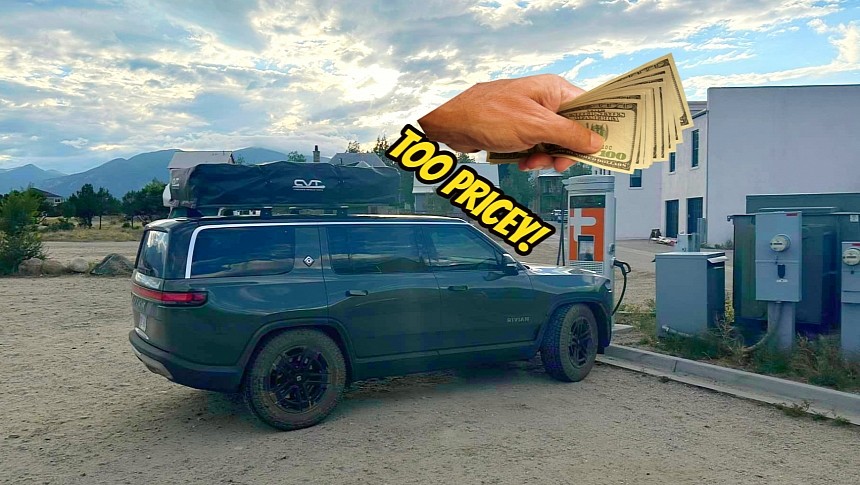











































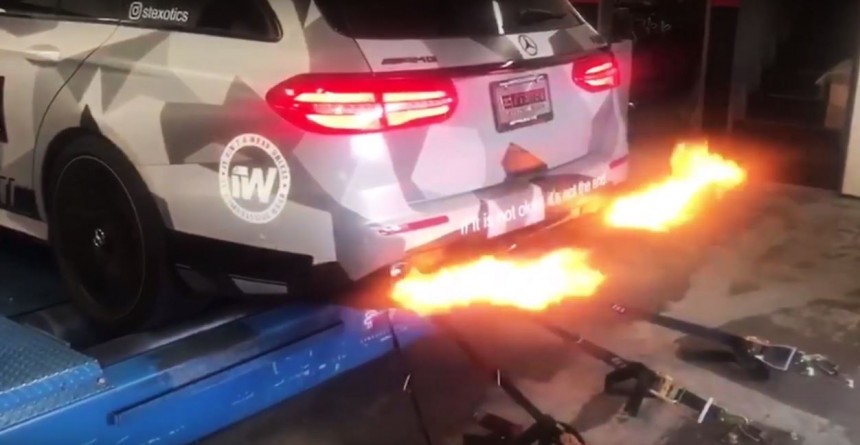
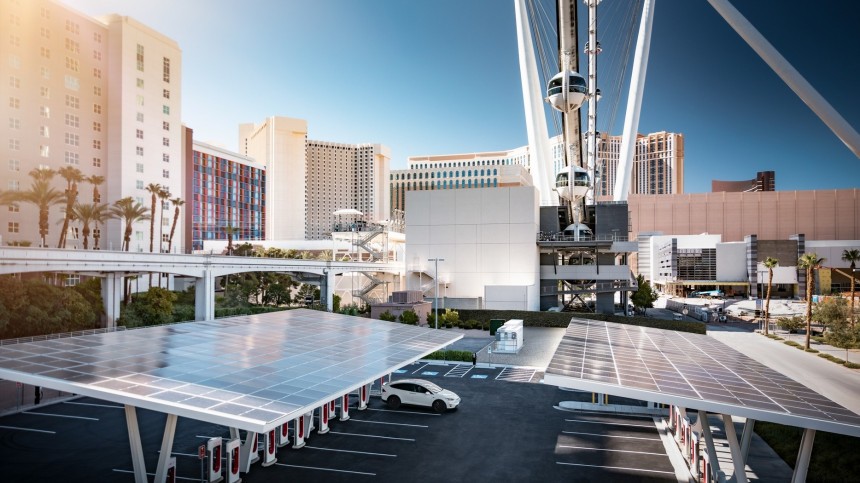
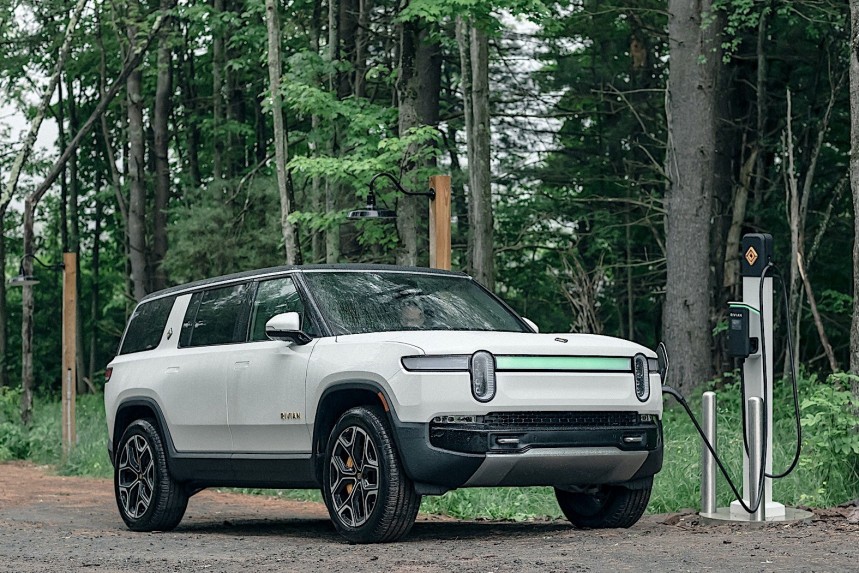
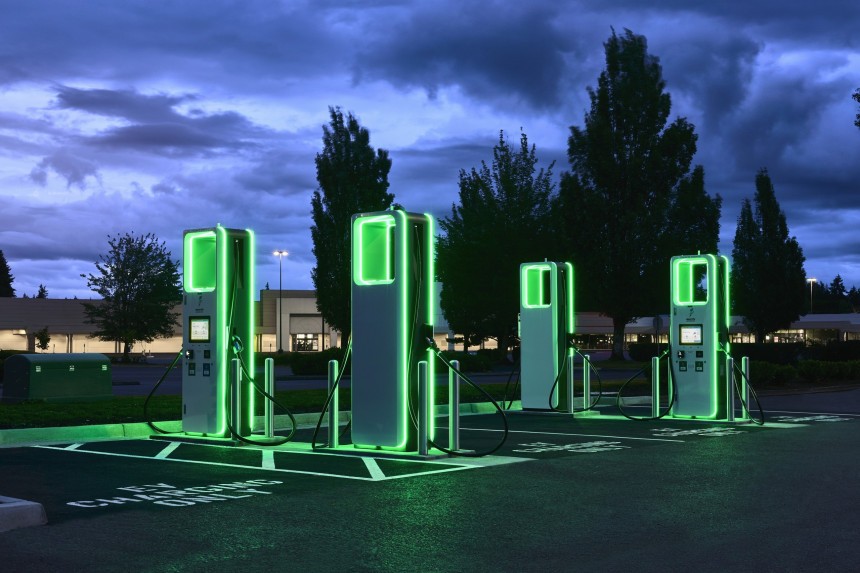
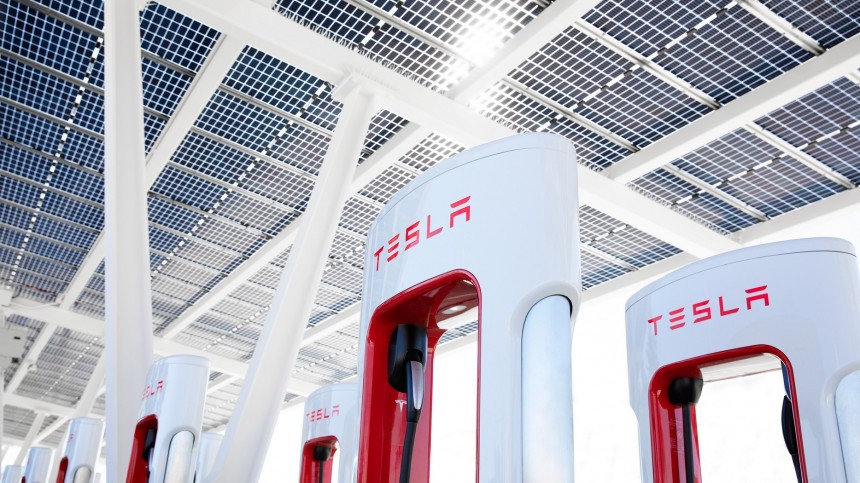















0 Response to "Rivian R1S Owner Pays Sky-High Charging Fee, Teaches Us All a Free Lesson - autoevolution"
Post a Comment